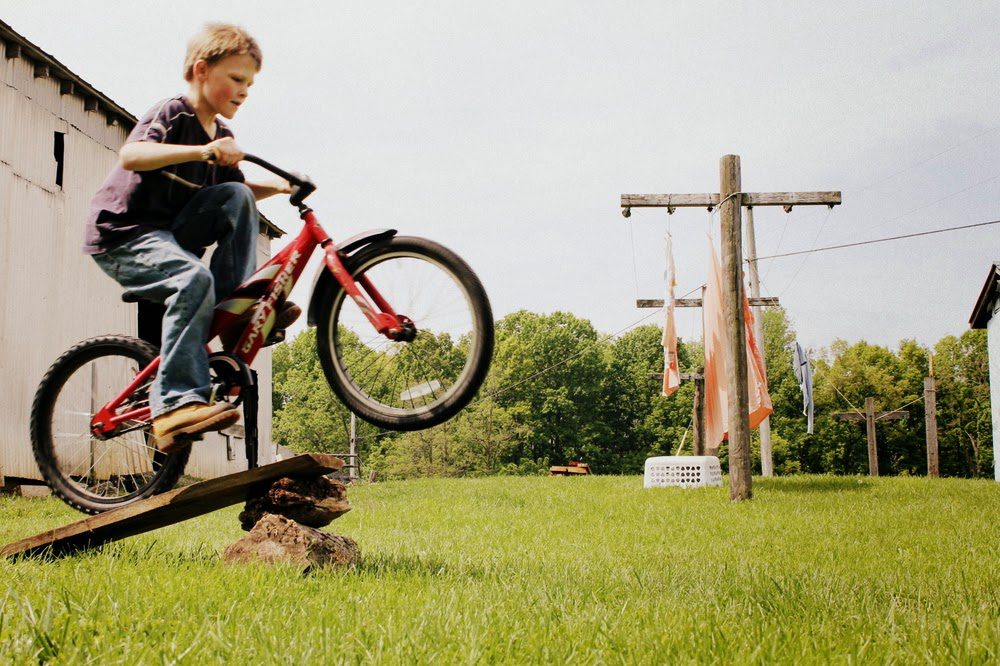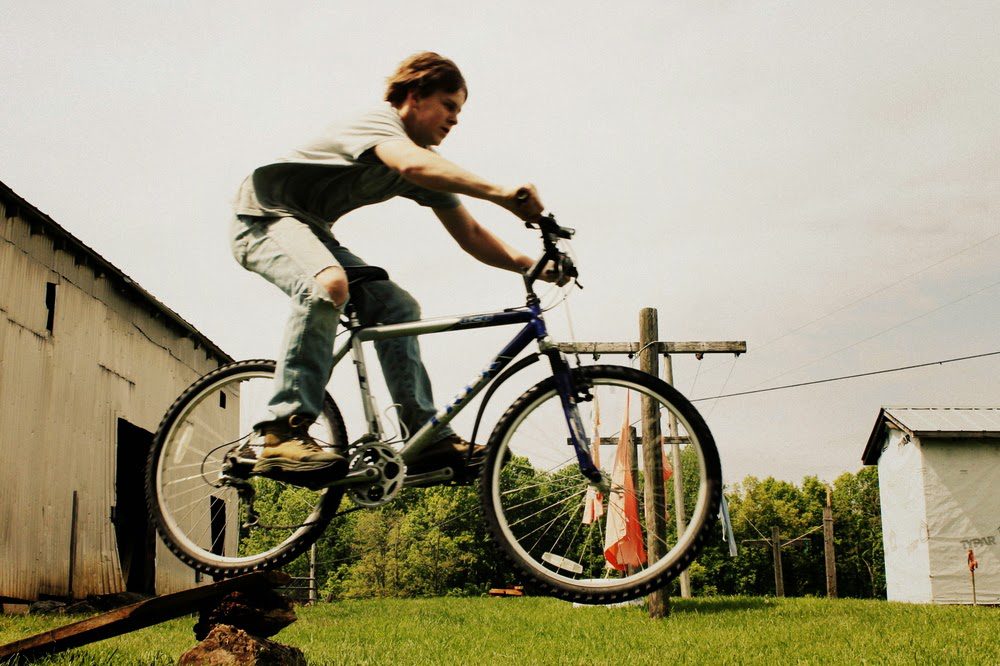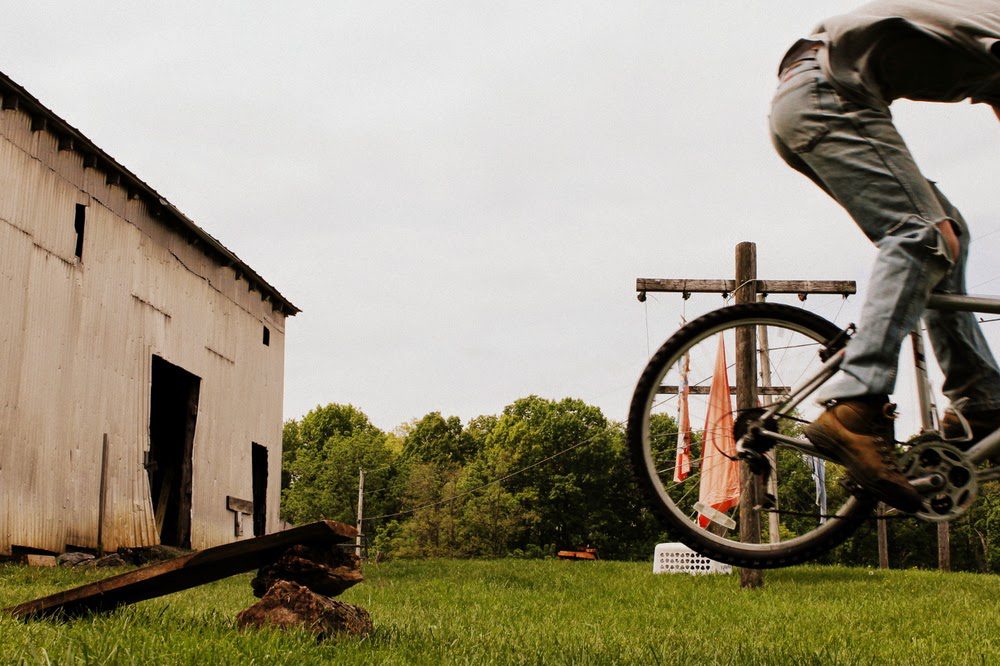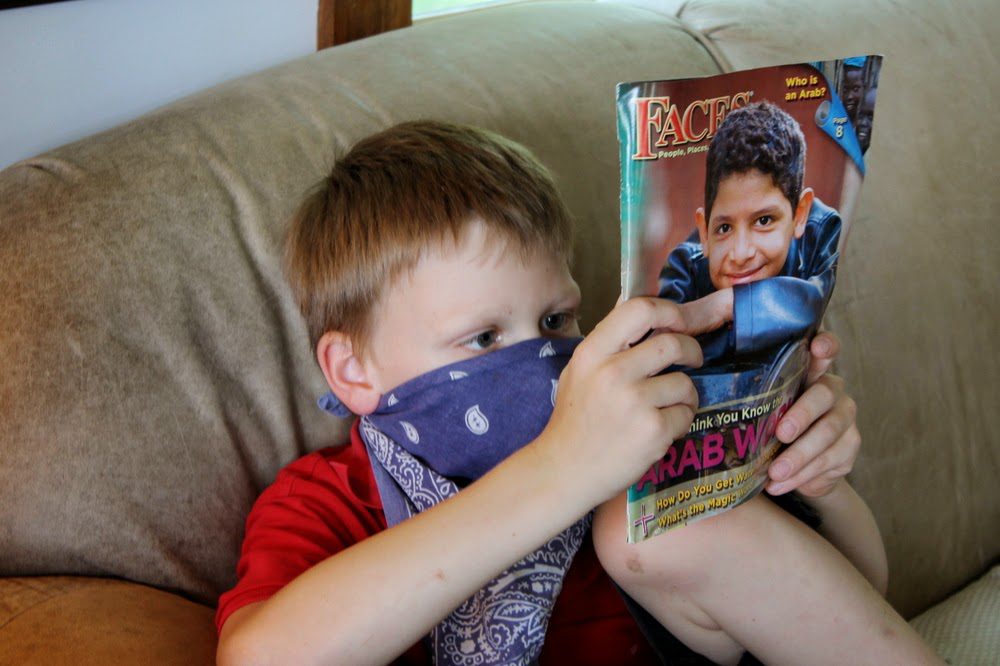I grew up eating sugar cookies. Tender and gently domed, with a thin cap of sugar and one chewy raisin poked into the top, they were lovely.

There’s nothing fancy about them. There’s no browned butter, flecks of citrus, or toasted nuts. No flakes of coconut, swirls of cinnamon, or puddles of chocolate. No icings or liquors or fancy sugars or syrups. There’s no sandwiching, cutting, or fancy rolling. In fact, you might say these cookies are boring. Or, you might say, they are cookies in their most simplified state of cookieness.

Making them, I feel Amish, or at the very least, stolidly Mennonite. I imagine that in those homes, this is the cookie that is always on hand, ready to be packed into a basket for a sick neighbor or doled out to hungry, stub-toed children and visiting ministers. They’re not over-rich so they won’t ruin an appetite, and they’re so basic that there’s nothing to get upset at them for.
‘Course, if you want to get fancy with them, you can brush them with a very thin vanilla glaze and sprinkle with colored sugar. My mom used to do this and it made us kids happy. Colored sugar has that effect on children.

Shirley’s Sugar Cookies
From my mom’s recipe file.
2 sticks butter
1½ cups sugar
2 eggs
1 teaspoon vanilla
3 3/4 cups flour
2 teaspoons baking powder
1 teaspoon baking soda
1/4 teaspoon salt
1 cup milk
raisins and sugar, for garnish
Cream together the butter and sugar. Beat in the eggs and vanilla. Alternately mix in the dry ingredients with the milk. Cover the dough with plastic and chill for a couple hours.
Spoon the dough onto greased cookie sheets. Sprinkle the cookies with sugar, about a quarter teaspoon per cookie, and bake at 375 degrees until puffy, golden brown around the edges, and no longer wet in the middle. To test them, gently press the top of a cookie with your finger. If it springs back, it’s done. Do not over bake the cookies.
Poke a raisin into the top of each cookie. Nudge it down in pretty far; otherwise, it will fall out/off during handling. Allow the cookies to rest on the tray for a couple minutes to set up. Transfer them to a cooling rack.
Variation: Glazed Sugar Cookies
Omit the raisin and sugar garnish. Mix some confectioner’s sugar with enough milk to make a thin glaze, and add a couple drops of vanilla. Thinly spread the glaze on the cooled cookies. Immediately after glazing (it will dry quickly, so move fast), sprinkle liberally with colored sugar.
This same time, years previous: the basics, more on trash, the reason why, through my daughter’s eyes, chocolate-kissed chili, and ranch dressing.



















